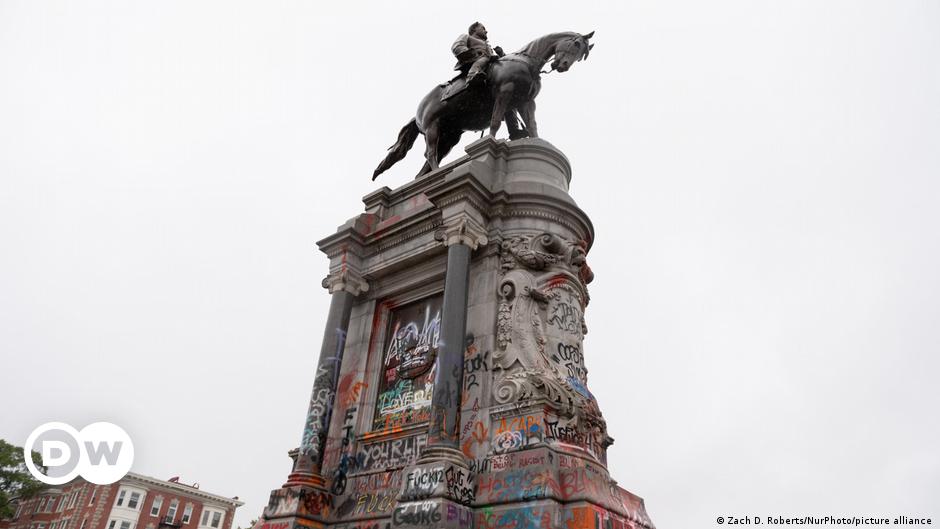
In a controversial decision, the Shenandoah County School Board in Virginia has voted to restore the names of Confederate military leaders Stonewall Jackson and Turner Ashby to two local schools: Mountain View High School and Ashby Lee Elementary School respectively. The move reverses a decision made four years ago when the schools' names were changed amid protests following the murder of George Floyd by police.
The board's vote came after a lengthy meeting during which both sides of the debate were heard. Supporters argued that the Confederate figures' names were taken off in a 'knee-jerck' reaction and that they represented an important part of local history. Others countered that the names symbolized inclusion and progress, particularly for students from marginalized communities.
Stonewall Jackson, a native Virginian, gained fame as a Confederate general during the First Battle of Bull Run in 1861. He was killed in battle in 1863 with an amputated arm. Turner Ashby was a Confederate cavalry officer who was killed near Harrisonburg, Virginia.
The decision to restore the names has sparked heated reactions from both sides, with some hailing it as a victory for preserving history and others decrying it as a step backwards in the fight against racial inequality.
Mountain View High School was originally named after Stonewall Jackson in 1959 during the Jim Crow era when racial segregation was legal. Ashby Lee Elementary School, which was renamed from its original name Honey Run Elementary School, is also named after a Confederate figure: Turner Ashby.
The school board's decision comes amid a larger debate over the role of Confederate symbols in public institutions and monuments across the US. Some argue that these symbols represent an important part of American history, while others see them as reminders of a dark past marked by slavery and racial oppression.
Shenandoah County is a largely rural jurisdiction with a population of about 45,000, located roughly 100 miles west of the nation's capital.



